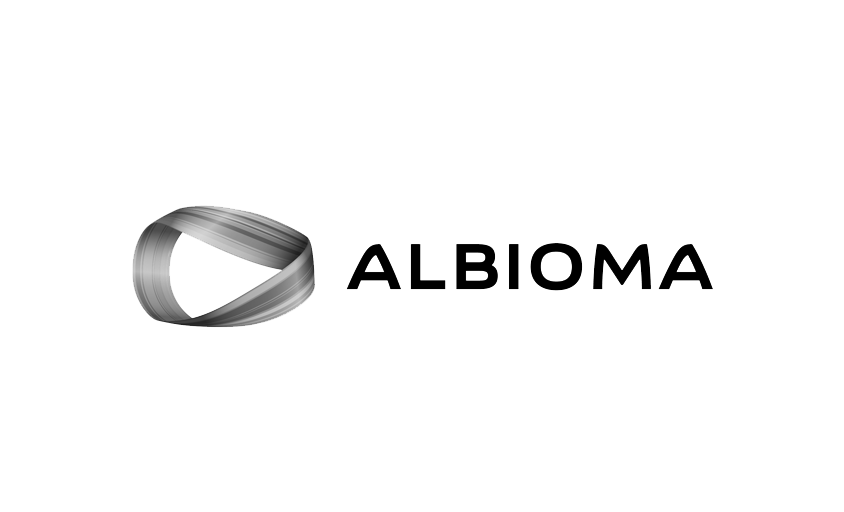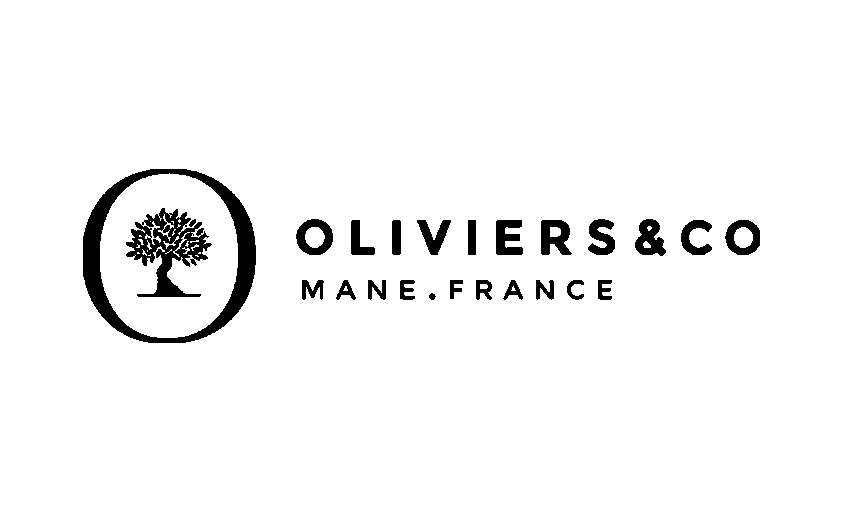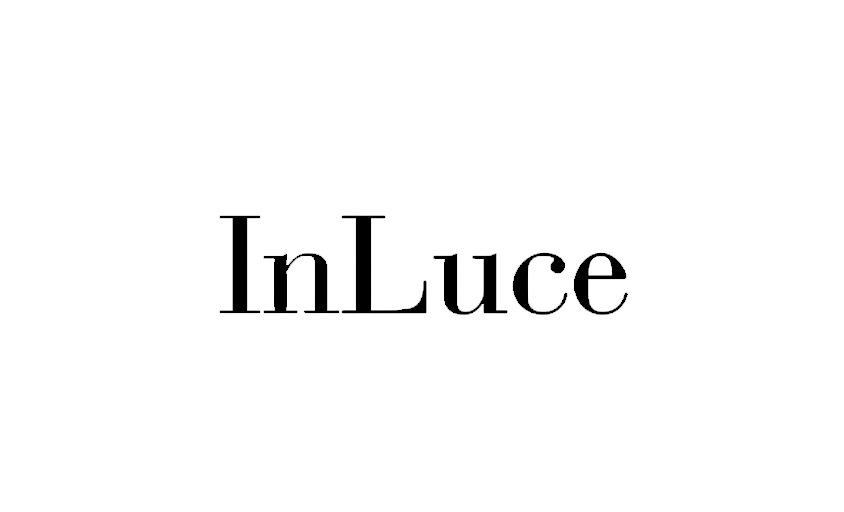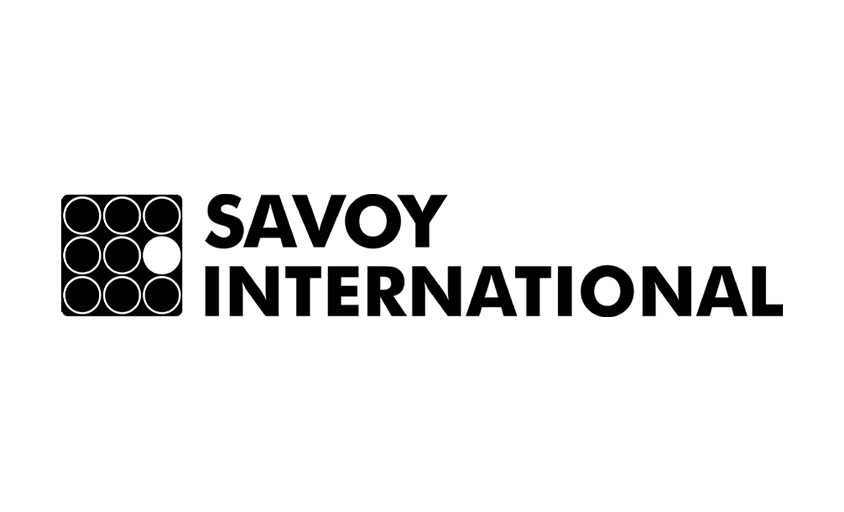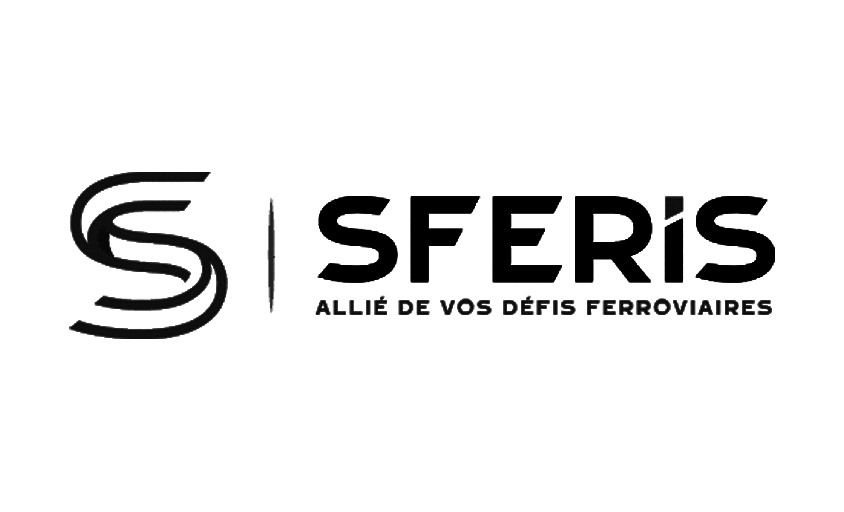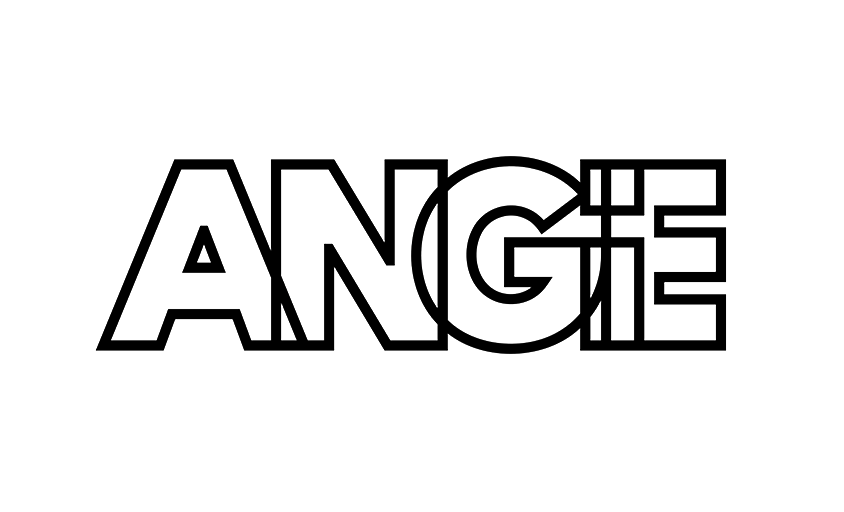Haptic
In this article :
The word haptic comes from the Greek haptein, meaning “to touch.” Originally, it refers to a form of sensory perception that combines active touch and proprioception—awareness of the position and movement of one’s body. This is what allows us, for instance, to know where our hand is without looking at it. Haptic perception occurs when these sensations enable a person to explore, identify, or manipulate an object physically, without necessarily relying on vision.
By extension, the term is now used in the field of technology to describe systems capable of simulating these physical perceptions using vibrations, pressure, force, or motion. These force-feedback interfaces, found in many digital devices, are transforming the way we interact with digital content by adding a tactile layer to the visual and auditory experience.
Understanding the Importance of Haptics in Modern Technology
Tactile feedback systems enrich digital interactions by reproducing the sensation of touch, adding an extra dimension to the user experience. This sensory approach also improves accessibility for individuals with visual impairments by providing physical cues to navigate digital environments. Additionally, it enhances engagement in video games and educational applications by making experiences more immersive and believable.
Advancements and Applications in Sensory Technology
Technological advancements have enabled the integration of mechanical stimulation devices in a wide range of applications: from game controllers that react to player actions, to medical simulators that recreate the physical resistance of surgical gestures. Research continues to explore more precise ways of reproducing complex sensations (pressure, roughness, elasticity) with increased realism. These innovations open new possibilities in fields such as remote learning, physical rehabilitation, or even e-commerce, where one could preview the texture of a product before purchasing.
Concrete Use Cases
- Video games: force feedback in controllers to feel impacts, textures, or the tension of a virtual bow.
- Medical training: surgical simulators with tactile feedback to safely practice procedures.
- Digital accessibility: directional vibrations or tactile pulses to help visually impaired users navigate mobile interfaces.
- Online shopping: experimental devices simulating the texture of fabric or the rigidity of an object through a screen.
- Virtual reality: haptic gloves or suits to enhance immersion by simulating contact with surfaces, objects, or fluids.
Challenges and Future Outlook for Tactile Interfaces
Despite its transformative potential, this physical interaction technology still faces several obstacles: high production costs, energy consumption, and the difficulty of consistently reproducing fine sensations. However, advancements in artificial intelligence, sensor miniaturization, and smart materials point toward a future where haptic-digital systems will be more accessible, more sensitive, and widely integrated into daily life.
Conclusion
At the intersection of body and interface, tactile feedback has become a major driver in user experience innovation. As the technology matures, its potential to revolutionize how we learn, communicate, and entertain ourselves continues to grow. Ready to feel the future at your fingertips? Sensory interfaces are on the verge of redefining our relationship with the digital world.
In a world where the physical object remains central to many experiences, how it’s presented matters just as much as the technology it contains. At Rétines, we help brands bring their products to life—whether through innovative design, premium manufacturing, or standout features. Photographing a product also means translating its use, its material, its visual impact.
Jérémy Carlo is the editorial director at Rétines, where he ensures the consistency and clarity of all content produced by the studio.
Our Clients
Let’s discuss
What we do for you at Rétines
Meticulous work, an organised project and fast delivery. And to achieve this, we mobilise the right resources in our teams at the right time.
01
Pre-production
Artistic and technical direction tailored to the project.
Relevant recommendations on content, form and resources.
02
Photo Shooting
Photos taken by our experienced photographers.
Production that’s controlled, efficient and tailored to the needs of the project, with nothing superfluous.
03
Retouching
Technique
Photographs magnified by our retouching team.
Post-production to meet the commercial challenges of the brief.



